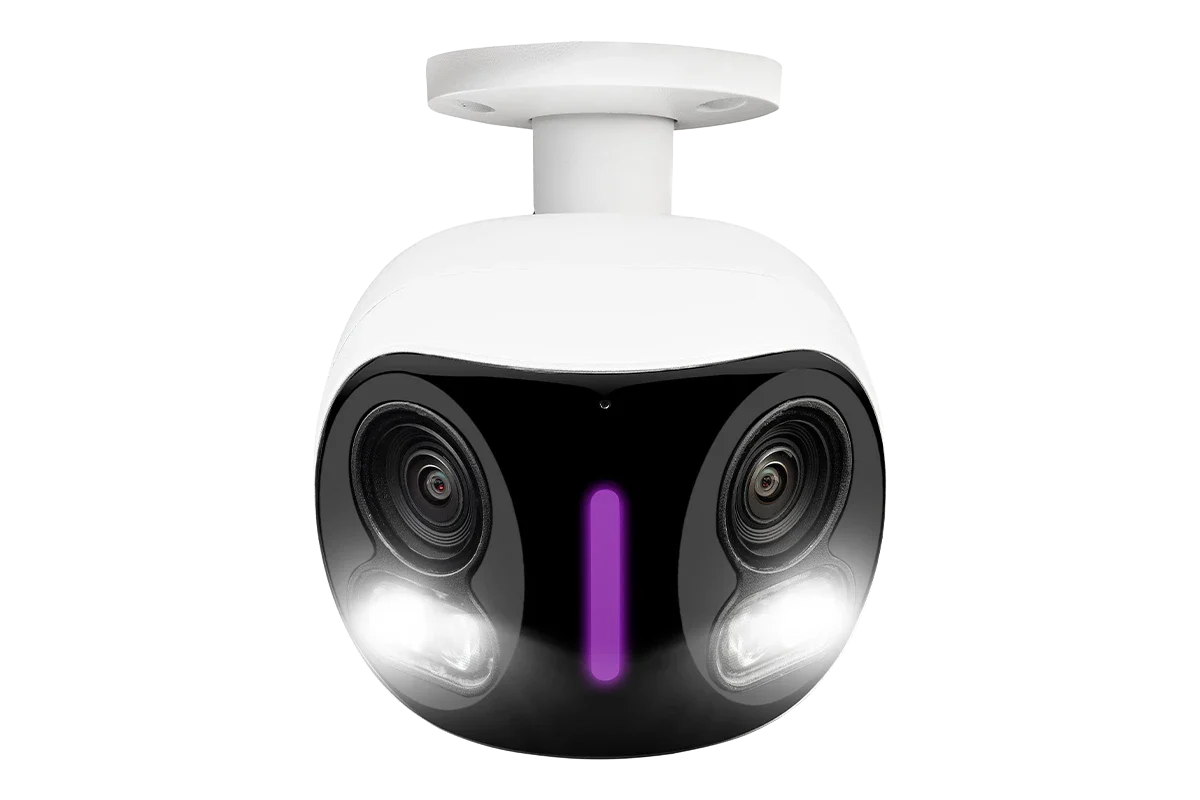In the ever-evolving world of financial markets, traders are constantly looking for the most efficient and profitable ways to invest their capital. Among the many trading options available today, Crypto Trading and CFD (Contract for Difference) trading have become popular choices for both beginners and experienced investors. While both methods allow traders to potentially profit from market fluctuations, they differ significantly in their structure, risks, and opportunities. Understanding these differences is essential for anyone looking to make informed decisions and maximize their returns.
Understanding Crypto Trading
Crypto Trading refers to the buying and selling of digital currencies such as Bitcoin, Ethereum, and many others on various cryptocurrency exchanges. In this process, traders physically own the cryptocurrency assets they purchase and can store them in digital wallets. Crypto Trading is conducted 24/7, allowing traders to take advantage of market movements at any time without being restricted by traditional market hours.
One of the main attractions of Crypto Trading is its decentralization. Unlike traditional assets regulated by governments and financial institutions, cryptocurrencies operate on blockchain technology, giving traders more freedom and direct access to their holdings. This has also opened doors for investors in countries with limited access to traditional banking services, making digital assets a truly global investment option.
Understanding CFD Trading
CFD Trading, or Contract for Difference trading, is a form of derivative trading where traders speculate on the price movements of an underlying asset without actually owning it. Instead of purchasing a cryptocurrency, stock, or commodity, a trader enters into a contract with a broker to exchange the difference in the asset’s value from the time the contract is opened to when it is closed. This method allows for both long (buy) and short (sell) positions, meaning traders can potentially profit from rising or falling markets.
One of the key benefits of CFD Trading is leverage. Brokers often offer high leverage, allowing traders to control larger positions with a smaller amount of capital. While this can amplify profits, it also increases the potential for significant losses, making risk management a critical aspect of CFD Trading.
Ownership and Asset Control
The most fundamental difference between Crypto Trading and CFD Trading lies in ownership. In Crypto Trading, you own the actual asset and have the ability to transfer it to another wallet, use it for payments, or hold it long-term as an investment. With CFD Trading, however, you never own the underlying asset—you are only speculating on its price changes. This difference impacts everything from transaction fees to how profits are realized.
Trading Hours and Market Accessibility
Crypto Trading is available around the clock because cryptocurrency markets do not operate under traditional stock exchange hours. This continuous availability appeals to global traders who can respond quickly to news events and market trends. CFD Trading, on the other hand, is generally limited to the market hours of the asset being traded. While some brokers offer extended or 24-hour CFD markets for certain instruments, it is not as universally available as the crypto market.
Regulation and Security
The regulation of Crypto Trading varies significantly from country to country. Some regions have embraced digital assets, creating clear frameworks for their use, while others have imposed strict restrictions or outright bans. The decentralized nature of cryptocurrencies also means that security is the responsibility of the trader—wallet security, private keys, and exchange reliability play a big role.
CFD Trading, on the other hand, is typically conducted through regulated brokers. These brokers are often overseen by financial authorities, offering a degree of protection to traders. However, regulation does not eliminate the risk of losses, and traders must still choose reputable brokers to avoid scams or unfair trading practices.
Volatility and Risk
Both Crypto Trading and CFD Trading involve high levels of volatility, but cryptocurrencies are often more unpredictable due to market sentiment, adoption trends, and regulatory news. This volatility can present significant profit opportunities but also substantial risks. CFD Trading allows traders to hedge against market risks by taking both long and short positions, but the use of leverage can magnify losses if trades go against them.
Fees and Costs
In Crypto Trading, fees generally come from transaction costs on exchanges, including trading fees, withdrawal fees, and network (blockchain) fees. These can vary widely depending on the exchange and the cryptocurrency being traded. CFD Trading costs often involve spreads, commissions, and overnight financing fees (swap rates) for holding positions open longer than a day. While the structure of costs is different, both trading styles require careful cost management to protect profits.
Leverage and Margin
Leverage is a key differentiator between the two trading styles. In Crypto Trading, leverage is usually much lower—though some crypto exchanges now offer high leverage options, they are still not as extensive as in CFD Trading. With CFDs, traders can access leverage ratios like 1:30, 1:50, or even higher, depending on regulations and broker policies. This makes CFD Trading attractive to those looking to maximize their market exposure with limited capital, but it also increases the chance of rapid account depletion.
Tax Implications
Tax treatment for Crypto Trading and CFD Trading differs by jurisdiction. In many countries, profits from Crypto Trading are subject to capital gains tax, whereas CFD Trading profits may be considered taxable income. It’s important for traders to understand the specific tax rules in their country and maintain accurate records of their trades to avoid legal issues.
Liquidity Considerations
Liquidity in Crypto Trading depends heavily on the trading volume of the cryptocurrency and the exchange being used. Highly traded coins like Bitcoin and Ethereum offer deep liquidity, while smaller altcoins may suffer from low trading volumes, making it harder to enter or exit large positions. In CFD Trading, liquidity is often better for popular assets since brokers aggregate prices from multiple sources, but liquidity can still be an issue during major market events.
Accessibility for Beginners
Crypto Trading is often seen as more accessible to beginners because opening an account on an exchange can be relatively straightforward, and there are fewer barriers to entry compared to some CFD brokers. CFD Trading requires a good understanding of leverage, margin, and trading strategies to avoid rapid losses. Beginners in CFD Trading should invest time in learning through demo accounts before risking real money.
Choosing Between Crypto Trading and CFD Trading
The choice between the two comes down to a trader’s goals, risk appetite, and preferred market style. Those who value asset ownership, long-term investment, and decentralized finance may lean towards Crypto Trading. Meanwhile, traders seeking flexibility, leverage, and the ability to profit in both bullish and bearish markets may find CFD Trading more suitable.
Final Thoughts
Both Crypto Trading and CFD Trading offer unique opportunities for traders, but they also come with their own risks and requirements. Understanding the differences in ownership, leverage, costs, and market accessibility can help traders choose the method that best aligns with their strategies and financial goals. Whether you choose to hold actual cryptocurrencies or trade CFDs, success will depend on sound research, disciplined risk management, and a clear understanding of the markets you operate in.



